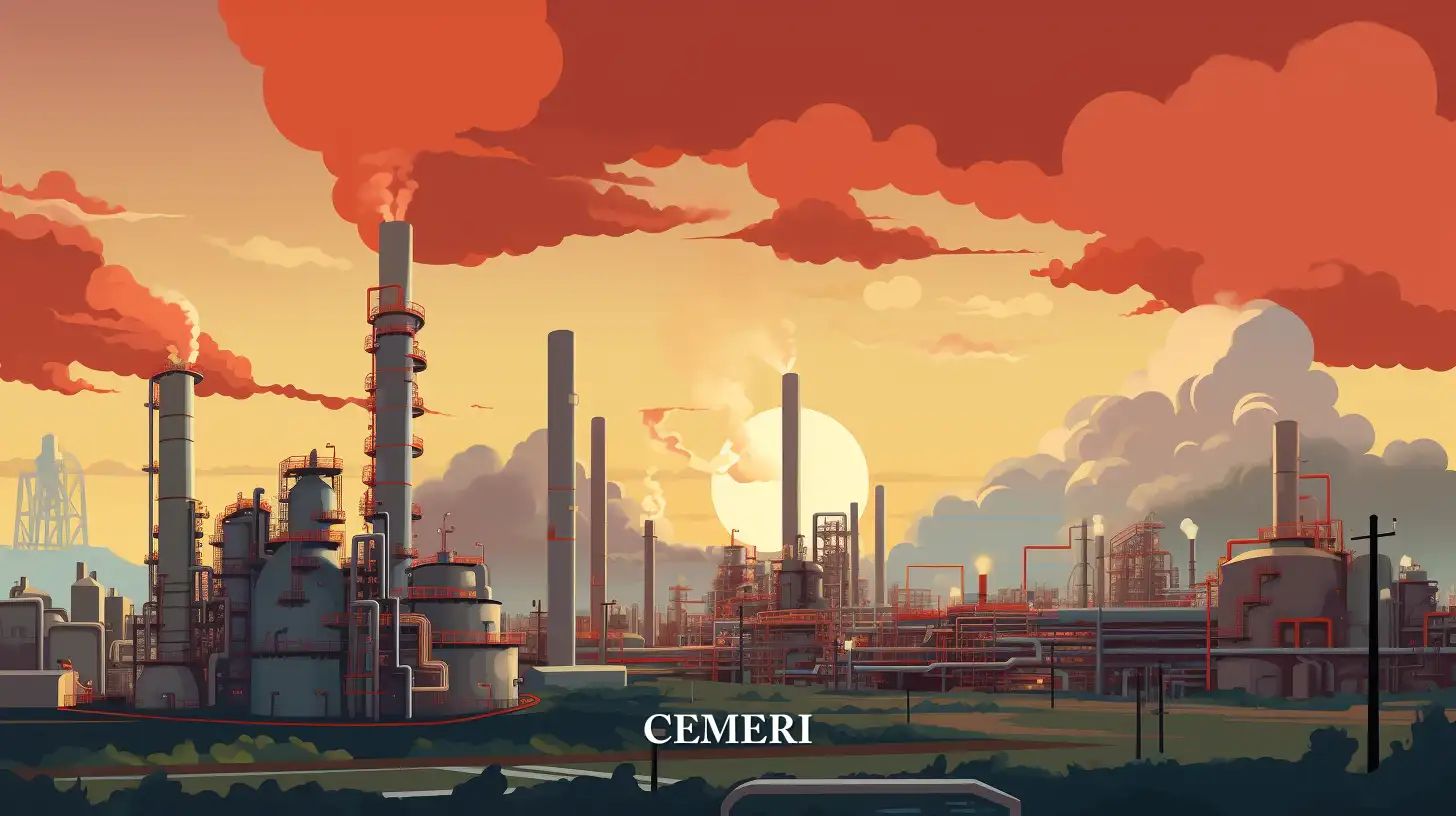Analysis
Luis Salgado
Why did the Mexico of the 4T lose its opportunity to become a world power?
- The López Obrador administration has been characterized by the strong controversies that revolve around its decisions.

The López Obrador administration has been characterized by strong controversies that revolve around the president's decisions. One of the most resonant in the media and social networks was the firmness with which AMLO opted for a policy of fossil fuels instead of turning to one of renewable energies. Such determination generated endless debates which sought to determine how right or wrong that position had been. The truth is that, as that old saying goes, you don't have to look for three feet to the cat when he clearly has four. In this first installment of a series of articles, I will explain why investing in renewable energy would place Mexico in an exceptional international position.
If life gives you lemons...
Although Mexico is not a developed country like the vast majority of European states, it does form part of a large number of select groups such as the OECD, the G20, as well as 90 other international organizations. However, one of the most important groups to which it belongs is the so-called GHI15, where only the 10 countries with the greatest potential for solar energy generation can access.
Only 15 countries in the world receive two thirds of the world's solar radiation
Solar radiation, in simple terms, is the amount of solar energy that a surface receives in a certain period of time; where the most common scale is Kilowatt hours per square meter, as illustrated on the map. The geographical position of Mexico, in combination with the geological characteristics of its territory, provides the best indices in the world. This situation has been known by the scientific community and has been the subject of various studies. One of the most prominent was conducted in Germany, a leading country in solar energy, through GTZ (Gesellschaft für Technische Zusammenarbeit), a federal agency in charge of technical cooperation for sustainable development throughout the world. Carried out in 2009, the study entitled "Market Niches for Photovoltaic Systems in Connection to the Electric Grid in Mexico", concluded the following:
- The average rate of solar radiation in Mexico is 5 kWh/m2 per day - five times more than the world average of 1 kWh/m2.
- With current market photovoltaic efficiency rates, only .06% of the national territory would be enough to cover the country's annual energy needs.
- 70% of the territory has an average of more than 4.5 kWh/m2, which means that Mexico could become an energy supplier to neighboring and regional countries.
However, in Mexico there is a shadow of ignorance regarding solar energy and renewable energy as a whole. Proof of this is that, in 2018, of the 329,000 GWh of energy produced, only 20% came from renewable sources. However, of that 20%, half came from hydroelectric power, while less than .5% was generated through solar energy. The arguments that are most frequently heard in support of fossil fuels revolve around two elements: return on investment and energy generation costs.
Curiously, these positions are often outdated, since currently the efficiency of solar panels has increased substantially. Going from 17% efficiency in 2012 to a total of 47% in the internal year. This has led to a reduction in energy generation costs. For example, in Mexico, the ERF (energy return factor) is 17, which means that, in a 30-year period, a solar power plant generates 17 times the amount of energy required to operate it.
In other words, the energy investment required to open a solar plant is recovered in just 20 months. This translates into ROIs (returns on investment) equal to those of the countries located in North Africa and much higher than the European averages, countries that currently lead the renewable energy market.
Sold to the highest bidder
With such compelling data, it is difficult to explain Mexico's orientation in terms of energy policies. Interestingly, the answer comes from a field other than economics, since the reason behind this measure comes from the classic political proselytism. Where each six-year term, the party in turn has less than 6 years to establish "victories" and ensure its continuity in power in a certain way. That is why it is difficult for governments to start long-term projects (30 years) when they have not stopped acting from the interests of their political party. Curiously, past administrations have also been aware of the situation in Mexico in terms of energy solar energy and they have been able to take advantage of it, although not precisely in favor of Mexico. Proof of this is that, since the bilateral agreement between Mexico and the United States on clean energy and climate change was signed in 2009 (during the Calderón administration), more than 119 projects and tenders have been initiated by companies foreigners to operate in Mexico. Additionally, with the recent discovery in Mexico of what could be the world's largest lithium reserve, it will be necessary to be aware of how this administration deals with such an event. Will you bet on the future with the exploration and extraction of this mineral through a Mexican company? Or will it resort to the classic tender to foreign companies?
As it is possible to appreciate, we are facing an event whose scope exceeds our borders. Despite the disbelief that may exist in this regard, Mexico's actions do generate an echo and are capable of initiating trends in the region that, together, have to generate well-being and development in Latin America. Fortunately, there is the consolation of knowing that AMLO still has four and a half years left to reconsider the guidelines of his different economic policies and take advantage of Mexico's potential in terms of solar energy. In the meantime, it will be up to us to help make that change happen - getting our voices out to government.

